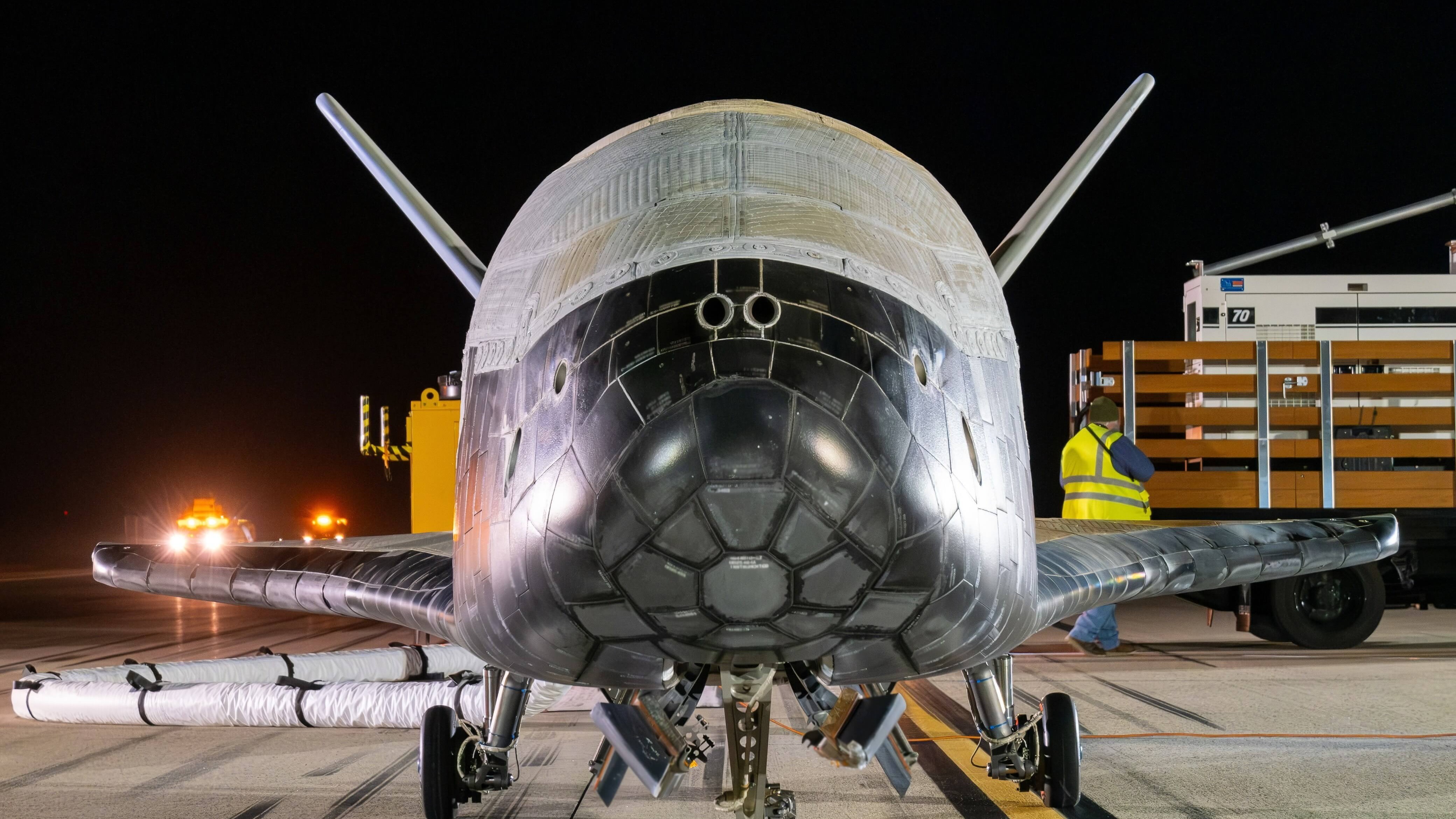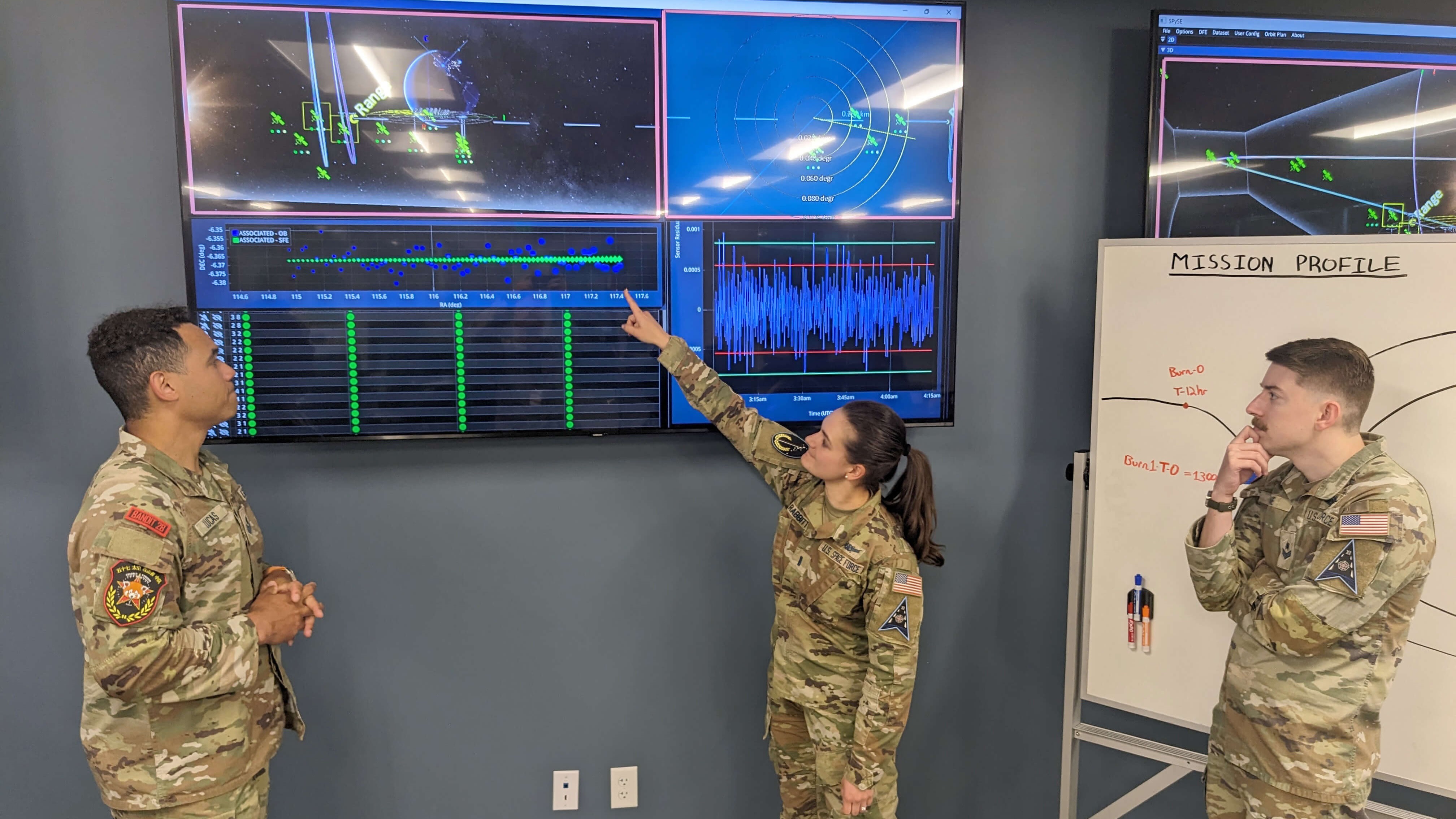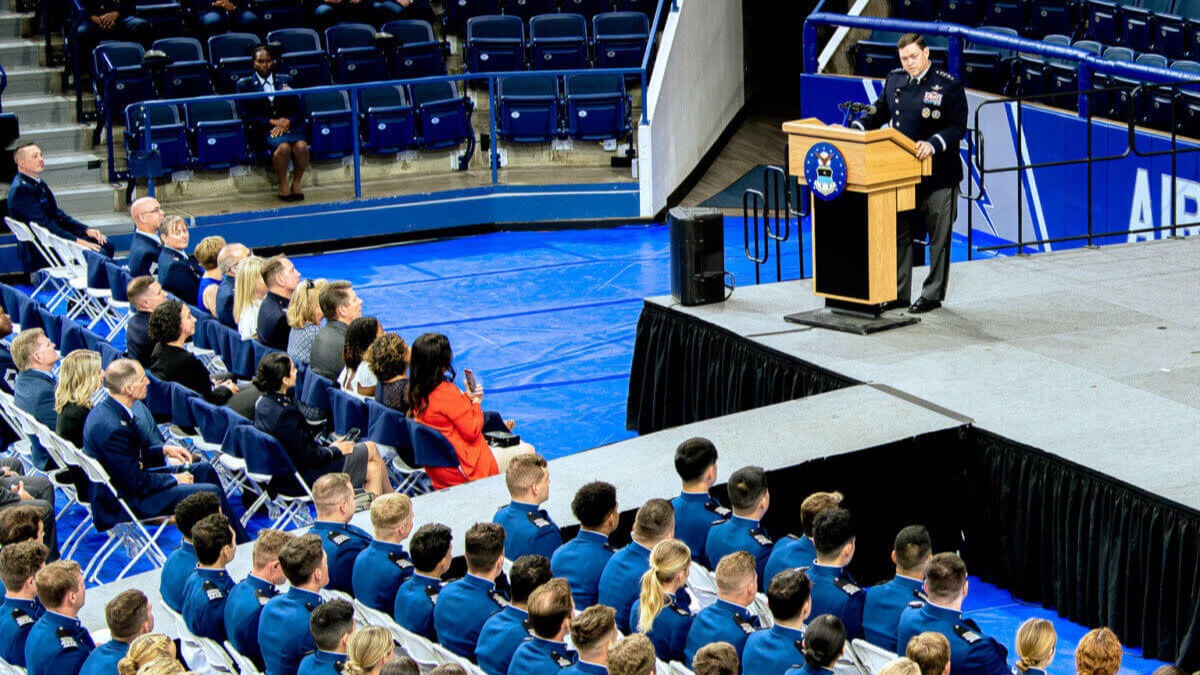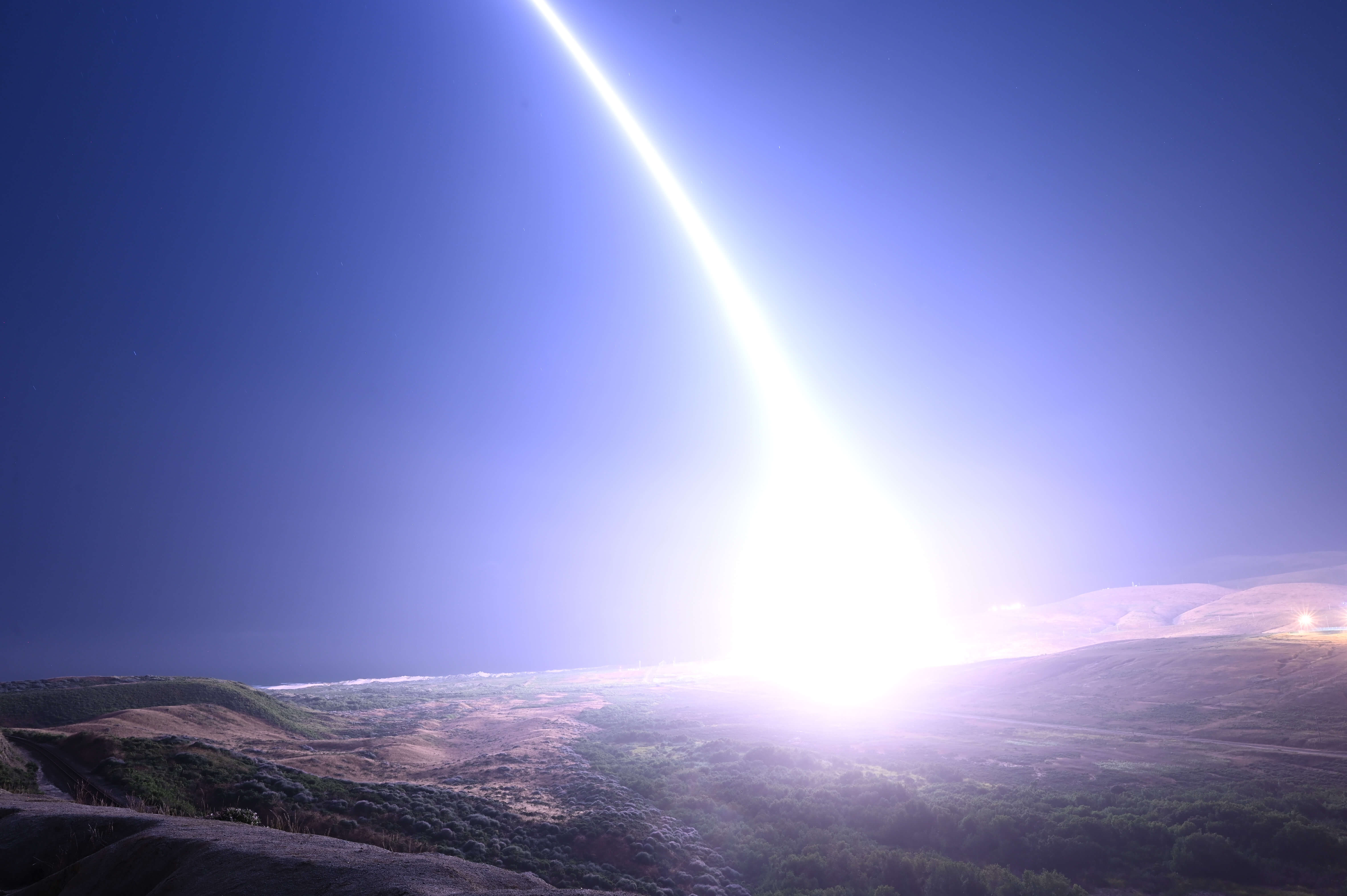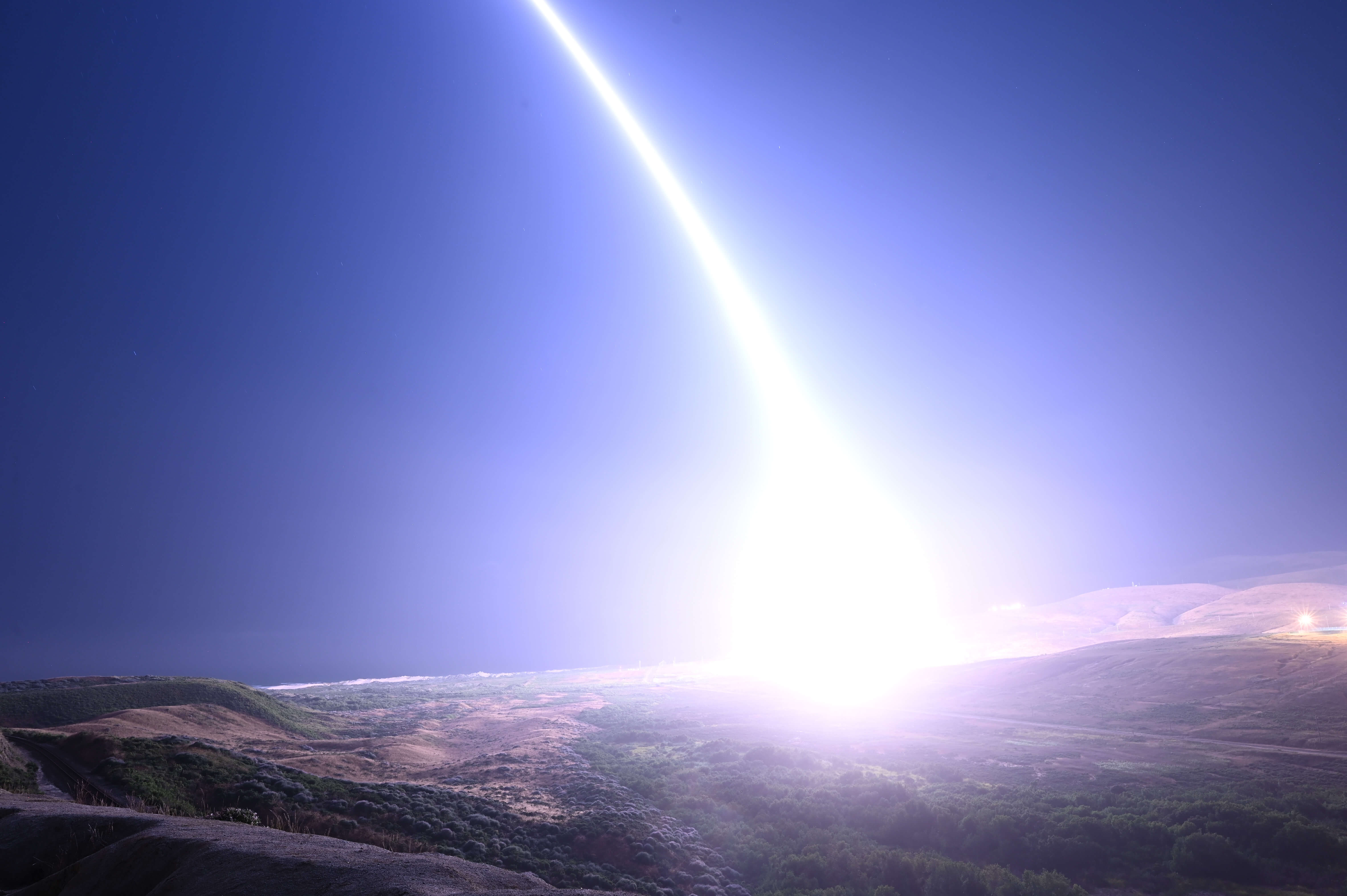
4 min read

United States Space Force
U.S Space Force
Minuteman III test launch showcases readiness of US nuclear force's safe, effective deterrent
BARKSDALE AIR FORCE BASE, La. (AFNS) --
A joint team of Air Force Global Strike Command Airmen supported by Space Force Guardians launched an unarmed Minuteman III intercontinental ballistic missile equipped with one re-entry vehicle June 4 at 12:56 a.m. Pacific Time from Vandenberg Space Force Base, California.
This test launch is part of routine and periodic activities intended to demonstrate that the United States’ nuclear deterrent is safe, secure, reliable and effective to deter 21st century threats and reassure our allies. Such tests have occurred over 300 times before, and this test is not the result of current world events.
“Our Strikers and our nuclear mission are the bedrock of our nation’s defense and international security,” said Gen. Thomas A. Bussiere, AFGSC commander. “As part of that mission, our ICBM force provides 24/7 strategic deterrence and stand ready to respond at a moment’s notice as the most responsive leg of the nuclear triad, and our test launches demonstrate and confirm our readiness to deliver a safe, secure, effective and credible global combat capability.”
The ICBM's re-entry vehicle traveled approximately 4,200 miles to the U.S. Army Space and Missile Defense Command's Ronald Reagan Ballistic Missile Defense Test Site on the U.S. Army Garrison-Kwajalein Atoll, Republic of the Marshall Islands. RTS sensors, including high-fidelity metric and signature radars, as well as optical sensors and telemetry, support the research, development, test and evaluation of America's defense and space programs. For these tests, RTS team members collect radar, optical and telemetry data in the terminal phase of flight to evaluate system performance.
"RTS brings a range of sensors with decades of experience in collecting and analyzing truth data to support range customers," said RTS director Col. Juan R. Santiago.
“The U.S. nuclear enterprise is the cornerstone of security for our allies and partners around the globe,” said Col. Chris Cruise, 377th Test and Evaluation Group commander. “Today’s test launch is just one example of how our nation’s ICBMs, and the professional Airmen who maintain and operate them, demonstrate the readiness and reliability of the weapon system. It showcases our commitment to deterrence as we stand on continuous alert, 24/7/365.”
The test launch is a culmination of months of preparation that involve multiple government partners.
Airmen from all three missile wings were selected for the task force to support the test launch, and maintainers from 90th Missile Wing at F.E. Warren AFB, Wyoming, provided maintenance support. The missile bases within AFGSC have crew members standing alert 24 hours a day, year-round, overseeing the nation’s ICBM alert forces.
The ICBM community, including the Department of Defense, the Department of Energy, and U.S. Strategic Command, uses data collected from test launches for continuing force development evaluation. The ICBM test launch program demonstrates the operational capability of the Minuteman III and ensures the United States’ ability to maintain a strong, credible nuclear deterrent as a key element of U.S. national security and the security of U.S. allies and partners.
AFGSC is a major command with headquarters at Barksdale AFB, in the Shreveport-Bossier City community. The command oversees the nation's three intercontinental ballistic missile wings, the Air Force’s entire bomber force, to include B-52, B-1 and B-2 wings, the Long-Range Strike Bomber program, Air Force Nuclear Command, Control and Communications systems and operational and maintenance support to organizations within the nuclear enterprise. Approximately 33,700 professionals are assigned to two Numbered Air Forces, nine wings, two geographically separated squadrons and one detachment in the continental U.S. and deployed to locations around the globe. AFGSC marks its 15th year anniversary in 2024. More information can be found here.
The LG-35A Sentinel will replace the Minuteman III ICBM with an initial capability of 2029. Until full capability is achieved in the mid-2030s, the Air Force is committed to ensuring Minuteman III remains a viable deterrent.
Air Force Global Strike Command Public Affairs
Share Article
Article Tags
